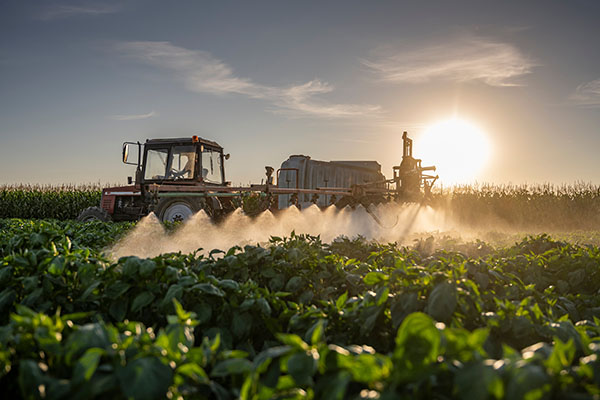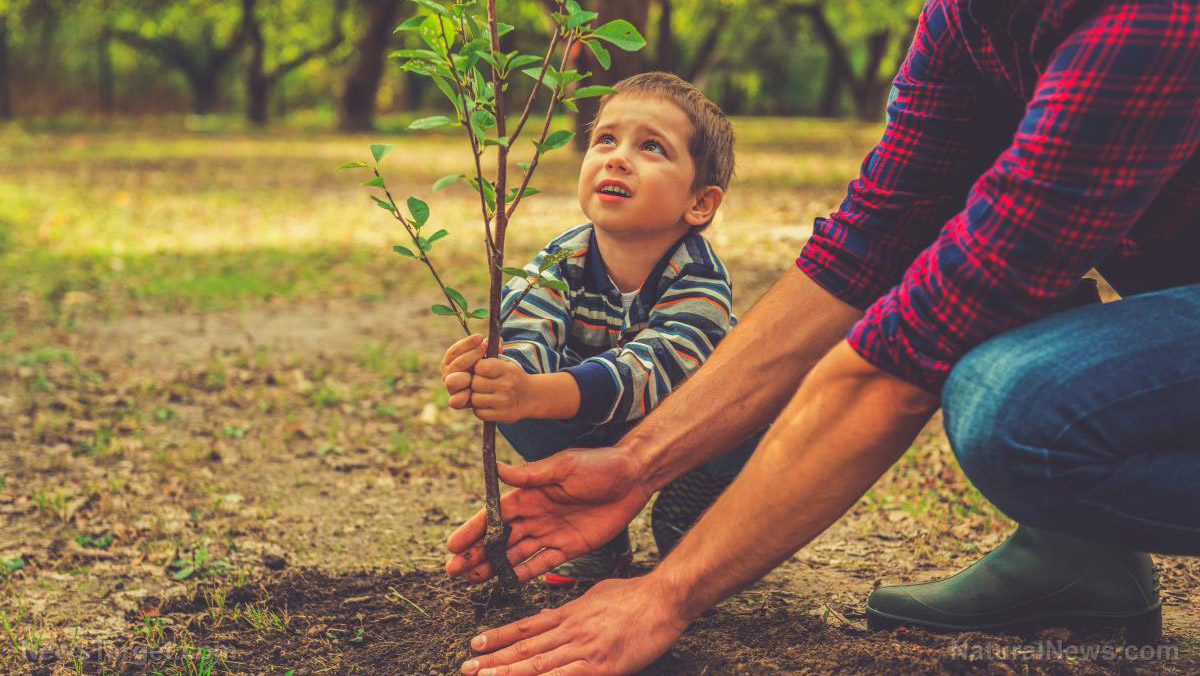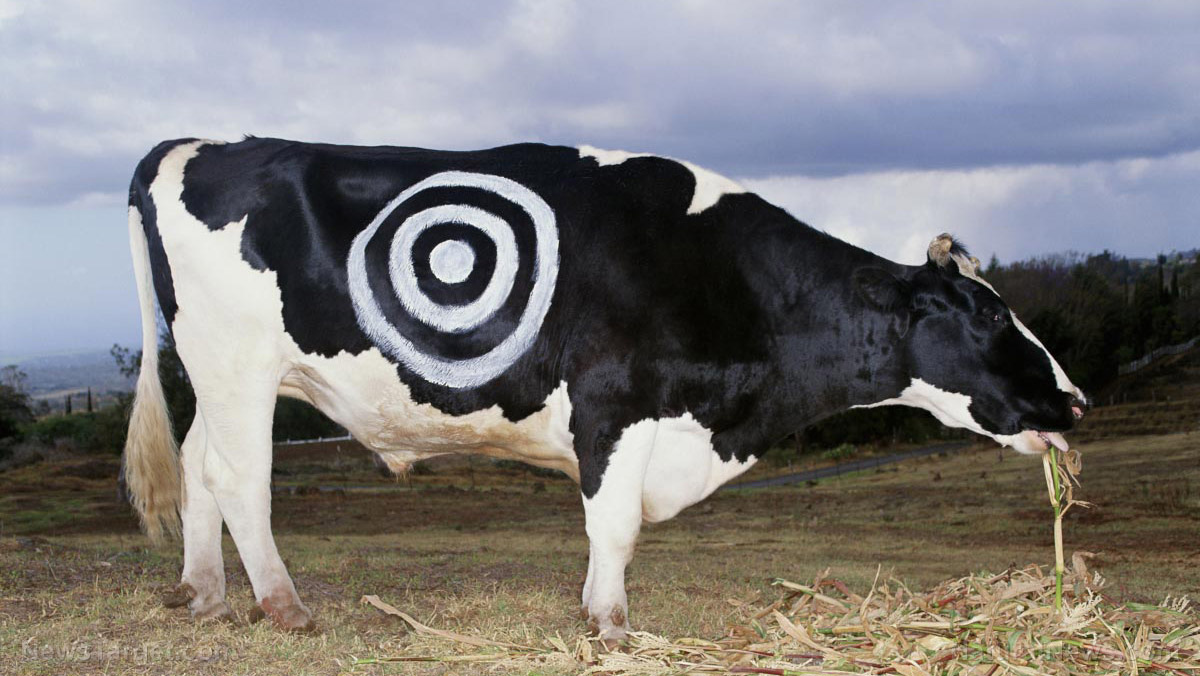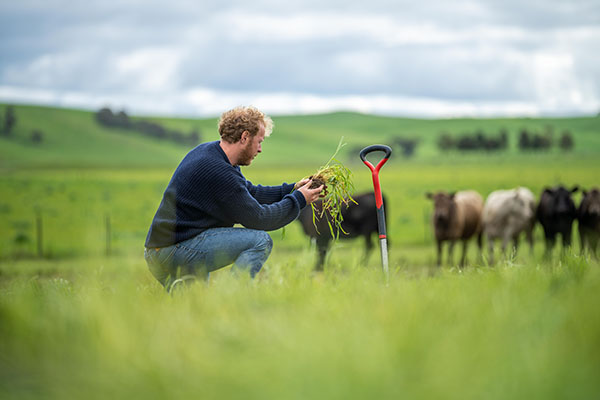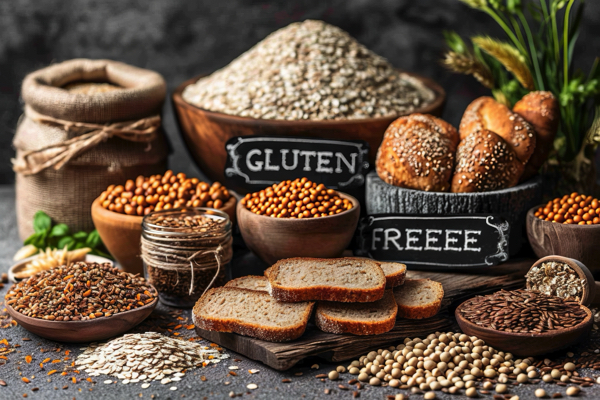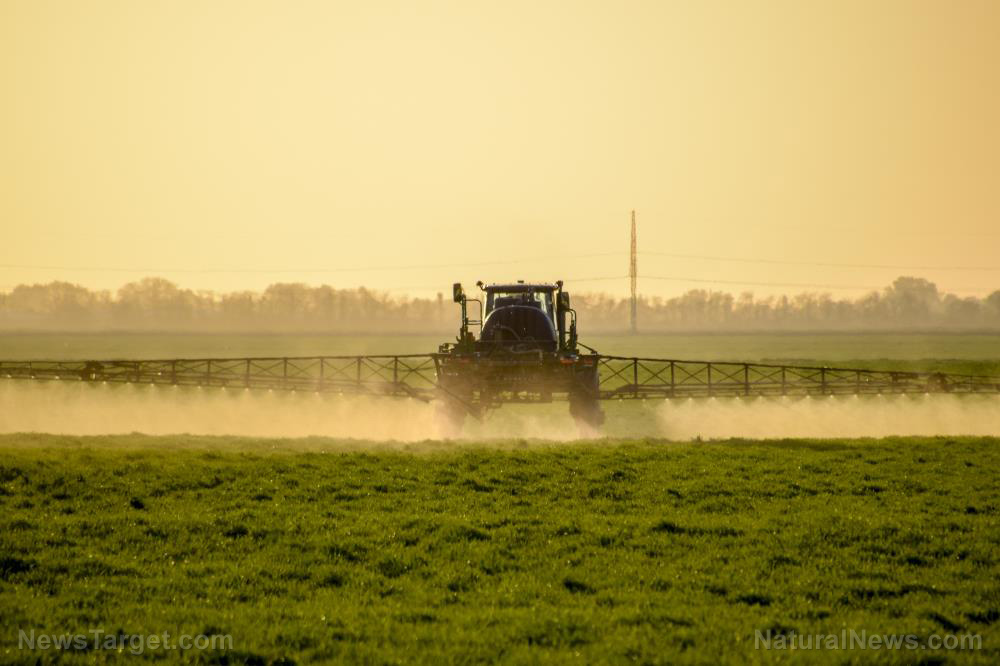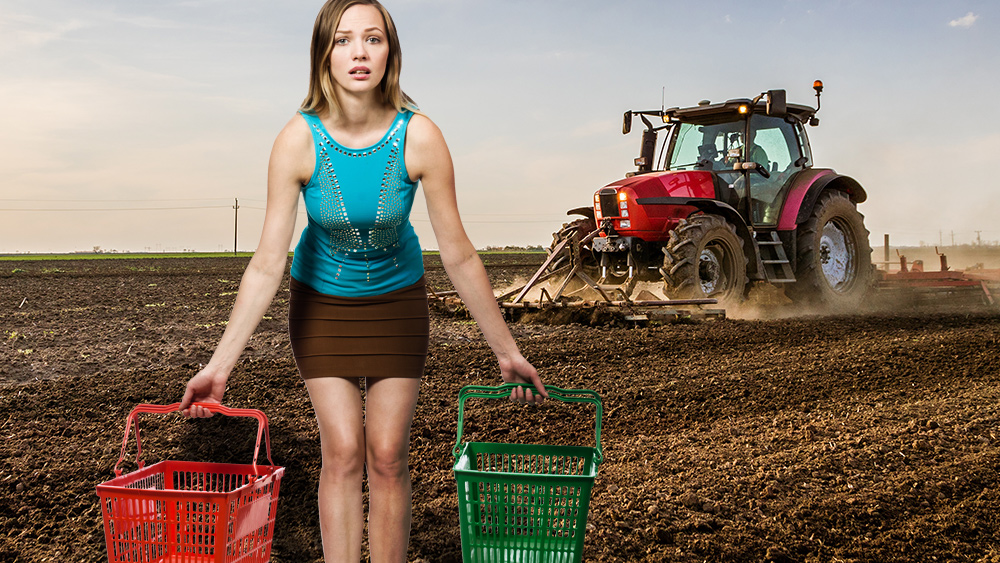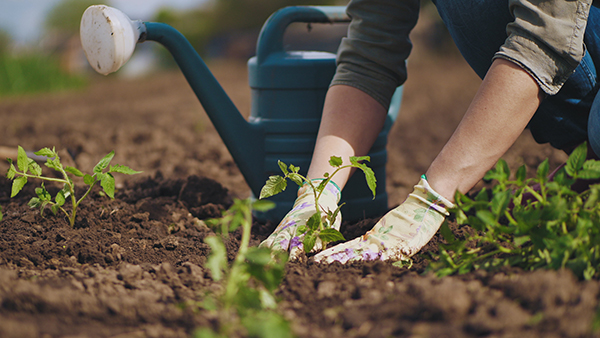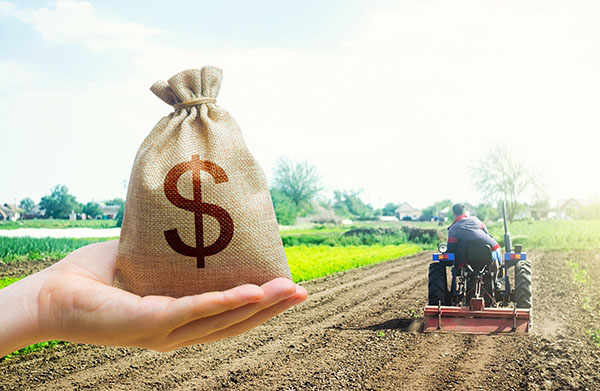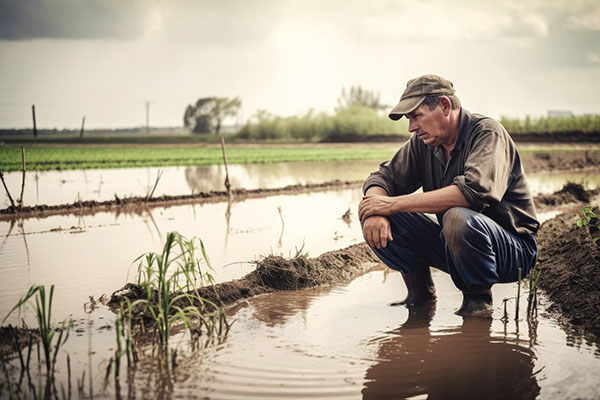Home gardening tips: Guide to harvesting seeds from fruits and vegetables for propagation
10/17/2024 / By HRS Editors

Learn how to save seeds from previous crops to save money on your garden or homestead.
Keep reading for tips on harvesting seeds from fruits and vegetables for propagation. (h/t to Almanac.com)
Benefits of saving seeds
Saving seeds means you’ll always have seeds of your preferred variety.
It is cost-effective, especially since you don’t need to buy seeds that you can grow yourself. But if you don’t have the space for biennial plants like cabbage, save seeds for annual vegetables instead.
Savings seeds means you can trade seeds with other gardeners. Do this if you want to try planting other crops that you don’t have seeds for. (Related: Backyard prepping: Surprising ways to supercharge your garden using household items.)
Save heirloom seeds, not hybrids
If you plan on saving seeds, use seeds from open-pollinated instead of hybrids, which you can commonly get from local garden stores.
An open-pollinated plant is one where the “offspring” replicates the “parents,” meaning you can harvest the same vegetable every year. Open-pollinated plants can also be “heirlooms,” which refers to plants that have been passed down through generations, with nature keeping only the best traits.
However, modern hybrids produced by crossing two or more inbred varieties to obtain specific characteristics can’t be used for seed saving. This is because the new plant could become an unknown combination of both the good and bad traits of the plants from the initial cross.
This can be a gamble because most plants grown from modern hybrids are of poor quality.
Vegetable seeds to save
Some crops are easier to save compared to others.
If you are new to seed saving, try vegetables that are self-pollinating and require no special treatment, such as beans, peas, peppers and tomatoes.
Proper drying is essential for saving seeds.
Follow the steps below to test if your seeds are fully dried:
- Squeeze one seed with pliers or hit it carefully with a hammer.
- If the seed is dry, it will shatter easily.
- If the seed is crushed or still feels soft or spongy to the touch, the seeds need more air-drying before it is ready for storage.
How to tell when a seed is ripe
From a plant’s point of view, ripeness refers to when the seeds are viable, which does not always mean when the plant is most edible and can be harvested for eating.
Cantaloupe and muskmelon seeds are ripe when the plant stem turns brown and dries. The melon will readily separate from the stem at this time.
Cucumber seeds are ripe when the cucumber turns fully yellow, meaning it is overripe for eating. Harvest it and store it in a safe place for an additional 20 days.
Peas and beans are ready when the pods turn brown on the vine and shrink against the seeds.
Pepper seeds are ripe when peppers are at their full color. Depending on the variety, this means the peppers are red, orange, yellow, purple, or black, and the peppers start to shrivel.
Summer squash seeds are ripe when the squash is past the edible point and when it has a hard rind.
Tomato seeds are ripe when the fruits are firm but tender. If you press tomatoes, they have some give, unlike the hard feel of green ones. Like peppers, tomatoes will also have reached their full color.
Watermelon seeds are ripe when the tendril directly opposite the stem turns from green to brown and becomes dry.
Winter squash seeds are ripe when the squash skin turns hard.
How to store seeds
When the seeds are completely dry, store them in a dry, secure container. Keep the container in a cool, dry area.
Seeds must be kept dry until you are ready to start planting.
How long a seed remains viable depends on the type of seed and the environment that you store it in.
You can extend seed viability by freezing them, which you can do with a zero-degree freezer. Properly dried and frozen seeds can remain viable for 40 years or so.
Seed-saving isn’t hard, but you need to learn how to do it properly. Alternatively, you can buy seed kits from trusted sellers.
Where to get premium seeds for your home garden
The Health Ranger Store is here to help you prepare for any emergency as you set up your home garden.
That’s why we’re proud to introduce Backyard Seed Kits, All-In-One Seed Kits and Prepper’s Special- 5 All-In-One Kits.
Backyard Seed Kits are premium heirloom seed starter kits filled with power-packed, organically grown seeds. Labeled and sealed separately to aid with use and longevity, each of our seed-growing vegetable garden starter kits is packaged using self-sealed containers designed for long-term storage.
With over 20,000 seeds, our vegetable garden-seed starter kits provide a wide variety of fruits, vegetables and herbs. Choose Backyard Seed Kits, the heirloom seed starter kits that are guaranteed to last for years.
We also offer All-In-One Vegetable Seed Kits made using nutritiously packed and organically grown seeds that are sure to exceed your expectations. Each emergency heirloom herb seed kit comes with our seed growing guide uniquely designed to teach you how to grow and harvest your produce and save your own seeds.
The All-In-One emergency seed kit includes seeds for both vegetables and herbs, and it has a total of 50,000 seeds.
All-In-One Vegetable Seed Kits include seeds for Dry & Green Bean Varieties, Field Corn, Snap Peas, Winter Squash Varieties, Habanero Pepper, Beets, Yellow or White Onions and more.
You can also save more money by getting the All-In-One Seed Kit Prepper’s Special (5-Pack). Each pack contains 50,000 total seeds, and the Prepper’s Kit contains 5 packs.
Visit HomeGardeningNews.com for more useful gardening tips. You can also check out Health Ranger Store and Brighteon Store for more seeds for your home garden.
Click on this link to learn more about the top 10 debunked myths about emergency food storage.
Watch this clip about gardening for survival when SHTF.
This video is from the Survival Prepper For Beginners channel on Brighteon.com.
More related stories:
17 Skills that will benefit homesteaders and preppers.
Food supply 101: How to grow food for your stockpile and be more self-sufficient.
10 Medicinal plants you should have in your home garden.
Foraging and growing mulberries: A game-changer for food independence and self-reliance.
Sources include:
Submit a correction >>
Tagged Under:
agriculture, backyard gardening, emergency preparedness, garden seeds, gardening supplies, gardening tips, green living, home gardening, homesteading, how to, off grid, organic farming, preparedness, prepper, prepping, prepping supplies, prepping tips, propagation, seed propagation, survival, tips
This article may contain statements that reflect the opinion of the author
RECENT NEWS & ARTICLES
OrganicFarming.News is a fact-based public education website published by Organic Farming News Features, LLC.
All content copyright © 2018 by Organic Farming News Features, LLC.
Contact Us with Tips or Corrections
All trademarks, registered trademarks and servicemarks mentioned on this site are the property of their respective owners.

